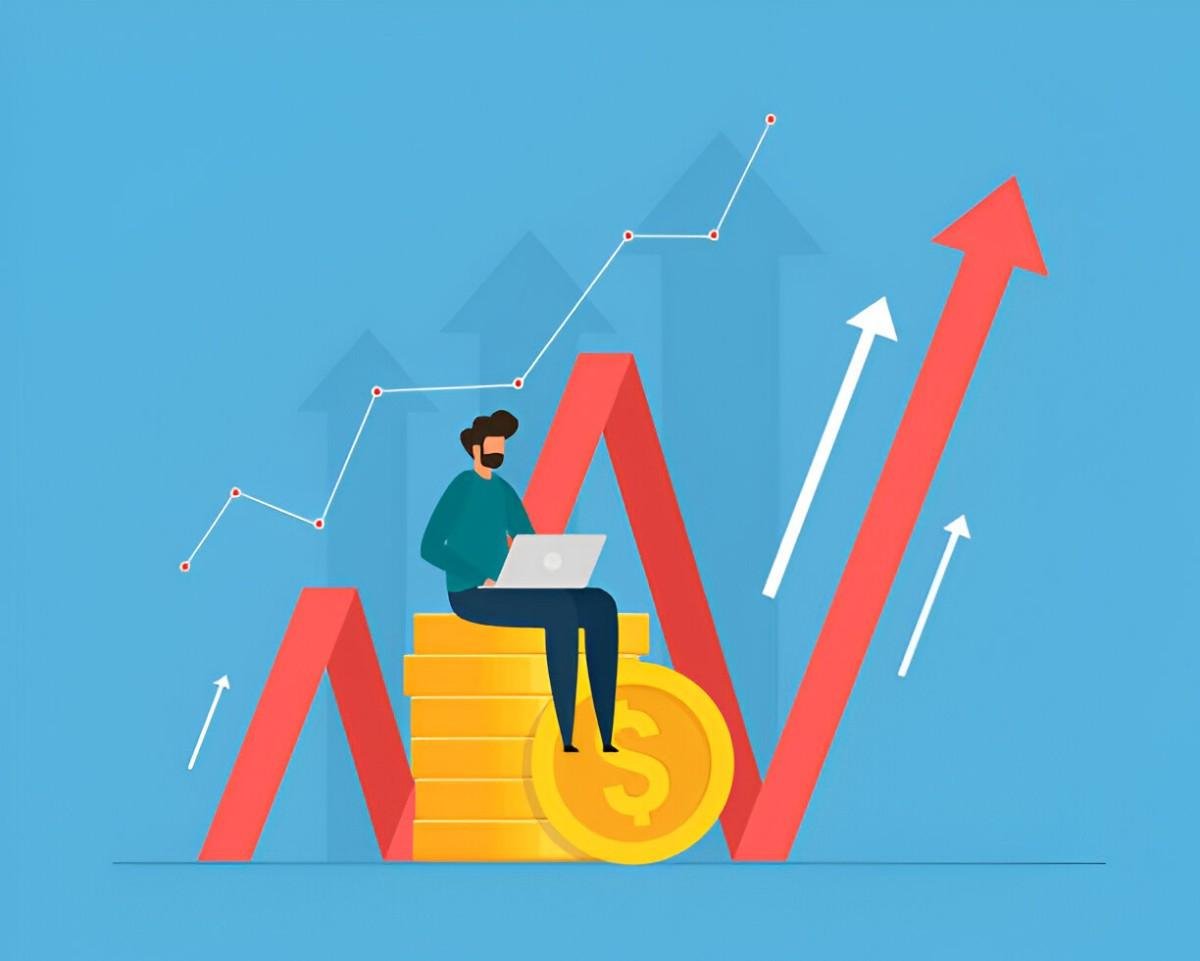Market makers play a crucial role in the stock market, yet many investors barely notice them. I often compare them to the unseen gears in a clock—without them, the entire mechanism grinds to a halt. If you’ve ever wondered why you can buy or sell a stock instantly, market makers are the reason. In this guide, I’ll break down their function, how they profit, and why they matter to everyday investors like you and me.
Table of Contents
What Is a Market Maker?
A market maker is a firm or individual that stands ready to buy and sell securities at publicly quoted prices. They ensure liquidity, meaning there’s always a buyer when you want to sell and a seller when you want to buy. Without market makers, trading would be slower, more volatile, and far less efficient.
The Role of Market Makers
Market makers serve three primary functions:
- Providing Liquidity – They continuously post bid (buy) and ask (sell) prices.
- Reducing Spreads – The difference between the bid and ask price (the spread) is often minimized by competition among market makers.
- Stabilizing Prices – By absorbing large buy or sell orders, they prevent extreme price swings.
How Market Makers Make Money
Market makers profit from the bid-ask spread. Suppose a stock has a bid price of $100 and an ask price of $100.10. If a market maker buys at $100 and sells at $100.10, they earn $0.10 per share.
Example Calculation
Let’s say a market maker handles 1 million shares per day with an average spread of $0.05. Their daily gross profit would be:
1,000,000 \times \$0.05 = \$50,000This adds up to \$12.5 million annually, assuming 250 trading days.
Market Makers vs. High-Frequency Traders (HFTs)
People often confuse market makers with high-frequency traders. While both provide liquidity, their methods differ:
| Aspect | Market Makers | High-Frequency Traders (HFTs) |
|---|---|---|
| Objective | Earn from spreads | Profit from tiny price inefficiencies |
| Holding Period | Seconds to minutes | Milliseconds |
| Risk Tolerance | Low (hedged positions) | Moderate (exposed to sudden moves) |
Market makers are legally obligated to maintain orderly markets, while HFTs have no such duty.
The Economics Behind Market Making
Market makers follow a simple yet effective model:
- Inventory Management – They hold a stockpile of shares to fulfill orders.
- Pricing Strategy – They adjust spreads based on volatility and demand.
- Hedging – They offset risks using derivatives like options.
The Black-Scholes Model
Market makers often use the Black-Scholes model to price options, which helps them hedge positions. The formula for a call option is:
C = S_0 N(d_1) - X e^{-rT} N(d_2)Where:
- C = Call option price
- S_0 = Current stock price
- X = Strike price
- r = Risk-free rate
- T = Time to expiration
- N(d) = Cumulative normal distribution
This model helps market makers stay neutral to price movements.
The Impact of Market Makers on Retail Investors
As a retail investor, I benefit from market makers in several ways:
- Tighter Spreads – Competition among market makers reduces trading costs.
- Instant Execution – Orders fill quickly, even in less liquid stocks.
- Price Stability – Large orders don’t cause wild price swings.
However, there are downsides:
- Potential Conflicts – Some market makers may front-run orders.
- Limited Transparency – Not all order flow practices are disclosed.
Regulatory Oversight of Market Makers
In the U.S., market makers operate under strict SEC and FINRA regulations. Key rules include:
- Quote Obligations – They must maintain continuous two-sided quotes.
- Fair Pricing – They cannot manipulate spreads unfairly.
- Order Handling Rules – They must prioritize customer orders over proprietary trades.
Violations can lead to heavy fines, as seen in cases like Citadel Securities’ \$22 million settlement in 2017 for misleading clients.
How to Identify Market Maker Activity
If you watch Level 2 quotes, you can sometimes spot market maker actions:
- Large Bid/Ask Sizes – Indicates a market maker’s presence.
- Rapid Adjustments – They update quotes frequently in response to news.
- Order Flow Imbalances – Sudden shifts may signal their hedging moves.
Example of Level 2 Data
| Bid Price | Bid Size | Ask Price | Ask Size |
|---|---|---|---|
| \$150.00 | 500 | \$150.05 | 300 |
| \$149.99 | 1,200 | \$150.06 | 700 |
Here, the large bid size at \$149.99 suggests a market maker absorbing sell pressure.
The Future of Market Making
With the rise of algorithmic trading, market making has evolved. Firms now use AI to predict order flow and adjust quotes in real-time. However, concerns remain:
- Centralization of Power – A few firms dominate (e.g., Citadel, Virtu).
- Flash Crashes – Automated systems can amplify volatility.
Despite these challenges, market makers remain indispensable.
Final Thoughts
Understanding market makers gives me an edge as an investor. I now see why stocks trade smoothly and how hidden forces shape prices. While they aren’t perfect, their role in maintaining liquidity is undeniable. The next time you place a trade, remember—there’s a market maker on the other side, ensuring the market keeps ticking.





